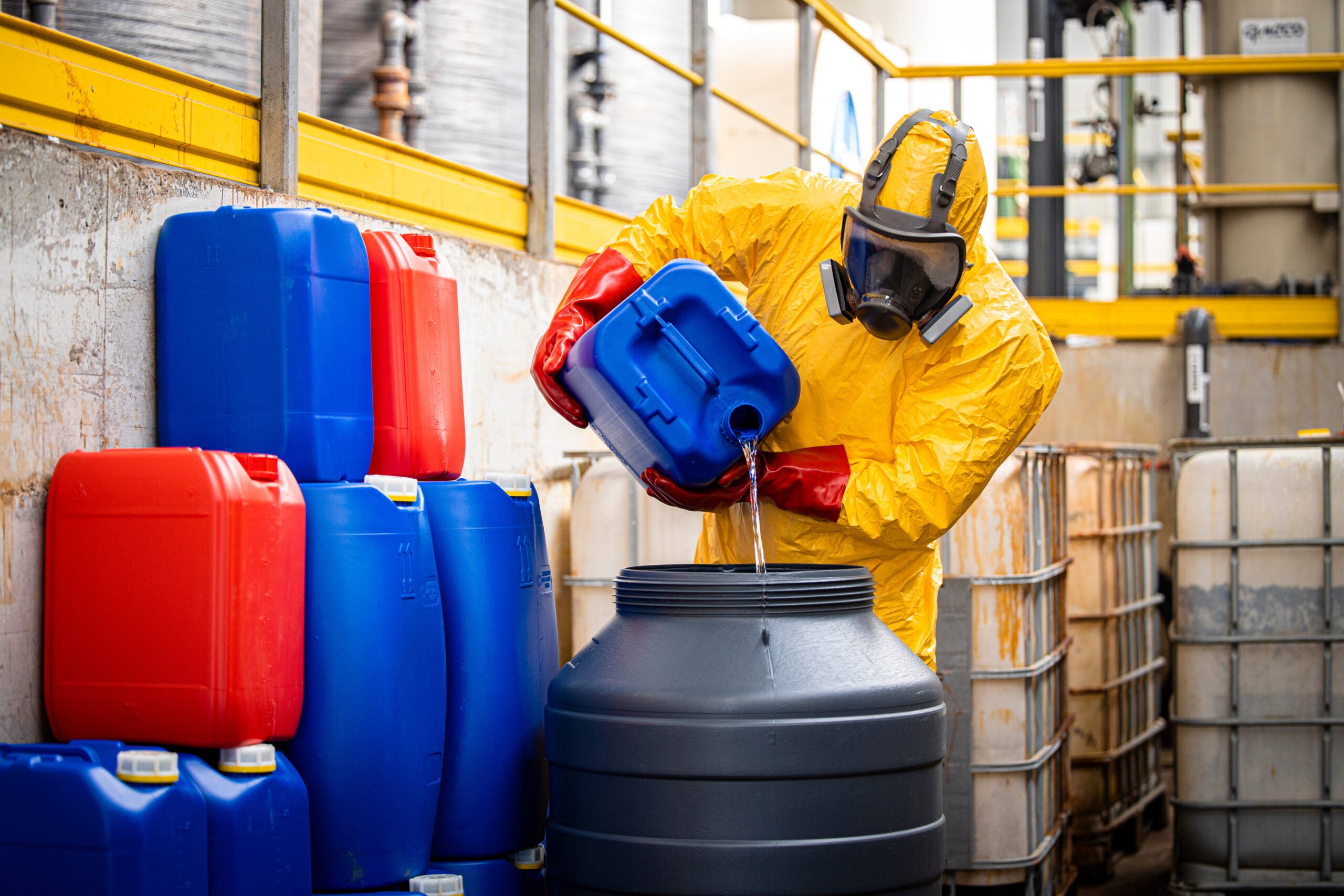Eric Jjemba, Health Legislative Intern, Joanna Slaney, Legislative Director, and Tom Neltner, Chemicals Policy Director
Last week, over 100 House members led by Representatives Paul Tonko (D-NY), Jan Schakowsky (D-IL), Daniel Kildee (D-MI), Gwen Moore (D-MI), and Henry Cuellar (D-TX) sent a letter to Speaker Nancy Pelosi asking that she prioritize funding for full lead service line (LSL) replacement in “any major infrastructure legislation moving through the chamber.” Additionally, a group of 8 medical and health associations led by the American Academy of Pediatrics sent a letter of their own urging Congressional leadership “to fully fund this proposed public health measure with $45 billion.” These letters highlight the broad support around treating America’s lead in water crisis as one that necessitates federal action. EDF, and many others, have advocated for $45 billion in funding to fully replace the more than 9 million remaining LSLs in the country.
For too many families in this country, turning on the faucet for water essentially means drinking through a lead straw. This hundred year old legacy problem of LSLs impacts communities across the nation, but it disproportionately harms already overburdened communities– those that experience racial, economic, and environmental disparities together. To make sure that necessary assistance reaches those that need it most, including low-income communities, communities of color, and rural communities, the federal government needs to adequately fund full LSL replacement across the country.
EDF applauds the members of Congress and key public health organizations that are continuing to push for this investment, of which we have frequently outlined the clear and tangible benefits. Among these are:
- Protecting health, especially for children, who are likely to have their brain development impaired by lead, contributing to learning and behavioral problems and lower IQs. While children of color and those from low-income families remain at the greatest risk of lead exposure, adults are also at risk of heart disease – even at low exposure levels.
- Reducing disparities by advancing equity for low-income communities and communities of color (including small and rural ones) that may lack the capacity to pursue federal funds, have not developed an inventory of their LSLs, and would not otherwise have the resources to do the work.
- Creating good paying jobs in construction and plumbing through shovel-ready work. Most communities have a good sense of where many of the LSLs are in their water systems, meaning this work can get off the ground quickly.
Read More »












